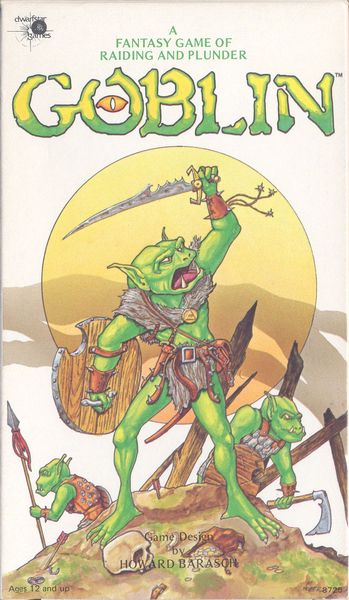Goblin (1982) Board Game
Goblin is a fantasy-themed board game released in 1982 designed by David Helber and Tom Maxwell. The game is set in a mythical world where players take on the roles of goblins vying for control of territory and resources. With a mix of dice rolling, grid movement, and combat, Goblin offers a challenging and strategic gameplay experience.
Game Components of Goblin
How To Setup Goblin
Setting up Goblin involves laying out the board, which represents a battlefield, and distributing the counters according to the scenario or mission being played. Players must refer to the rule book to correctly place units and understand the initial conditions of the game. Given the age of the game, setup may require some interpretation of the rules to ensure everything is in place correctly.
Gameplay Mechanics and Game Objective
Player Experience
Playing Goblin is an immersive experience for those who enjoy tactical combat and strategic planning. The game requires careful consideration of unit placement and actions, making it appealing to players who like to think several steps ahead. The use of counters and a small die adds a tactile element to the gameplay, enhancing the overall experience.
Pros
Cons
Personal Thoughts on Goblin
Goblin is ideal for fans of tactical combat games and those interested in retro gaming experiences. It suits players who enjoy strategic planning and are willing to invest time in understanding the rules and setup. While it may not be as polished as modern board games, its unique mechanics and nostalgic value make it a compelling choice for collectors and enthusiasts of vintage games.
We are supported by our audience. When you purchase through links on our site, we may earn an affiliate commission, at no extra cost for you. Learn more.

